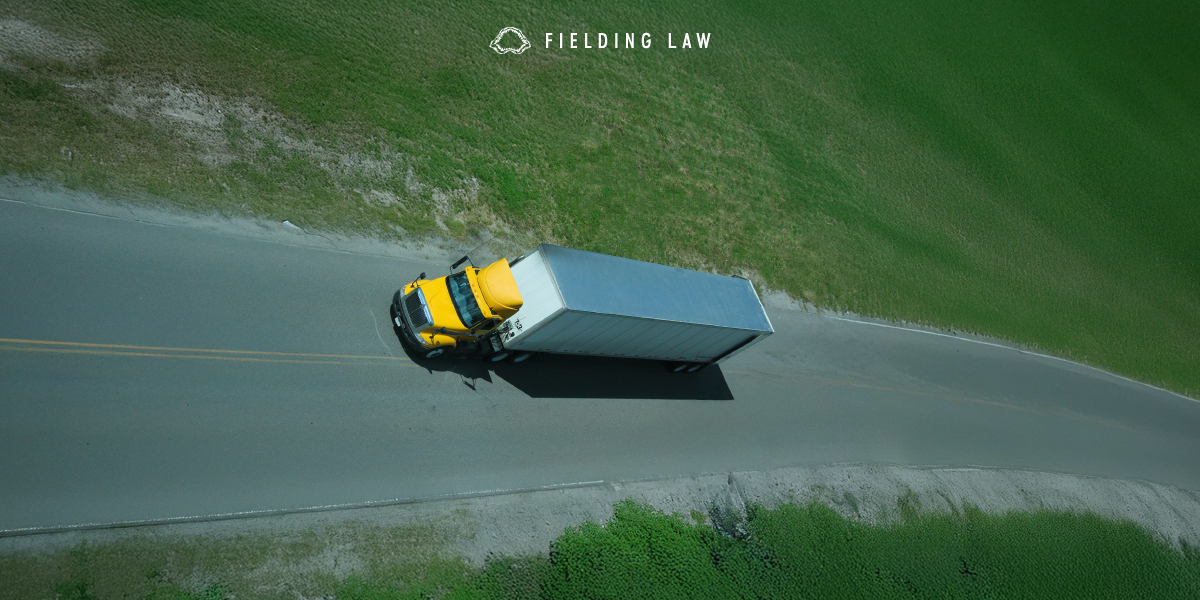When sharing the road with large trucks, it is crucial to understand the risks associated with their blind spots, or “no-zones.” These areas around a truck are invisible to the driver and can lead to dangerous accidents if other vehicles are in these spaces. Recognizing these zones and taking extra caution can significantly reduce the likelihood of a collision.
What Are Truck Blind Spots?
Truck blind spots are areas around a large truck where the driver cannot see other vehicles. These zones are created by the size and shape of the truck. The key areas include:
- The Front: Directly in front of the truck, typically within 20 feet.
- The Back: Directly behind the truck, especially when following too closely.
- The Right Side: This is the largest blind spot, extending from the cab to the rear of the trailer.
- The Left Side: While smaller, this blind spot is still critical, especially for trucks with wide trailers.
These “no-zones” make it difficult for truck drivers to see vehicles, increasing the risk of side-impact collisions, rear-end crashes, and accidents during lane changes.
The Risks of Driving in No-Zones
Driving in a truck’s blind spot increases the risk of an accident. Common dangers include:
- Side Collisions: A truck may change lanes without seeing your vehicle, causing a dangerous crash.
- Rear-End Collisions: Trucks need more time to stop. If you are behind one in its blind spot, the driver may not see you.
- Merging Accidents: Blind spots can lead to accidents when a truck driver merges without noticing your vehicle.
Staying in a truck’s blind spot increases your chances of these dangerous accidents.
How to Stay Safe Around Trucks
Here are some safety tips to avoid accidents with trucks:
- Avoid Staying in the Blind Spot: If you find yourself in a truck’s blind spot, move out of it. Either speed up or slow down.
- Maintain Safe Following Distance: Keep a safe distance between your vehicle and a truck. This gives the driver more time to see you.
- Be Extra Cautious on the Right: The right side is often the largest blind spot, so be extra cautious when passing.
- Use Your Mirrors: Continuously check your mirrors to stay aware of the truck’s movements.
- Give Trucks Extra Space When Merging: When merging, avoid cutting in front of a truck too quickly.
What to Do if You Are Involved in a Truck Accident
If you are in a truck accident, follow these steps:
- Check for Injuries: Make sure everyone is safe. Call for medical help if needed.
- Gather Information: Collect the truck driver’s details and witness statements. Take photos of the scene.
- Report the Incident: Notify your insurance company about the accident.
- Consult an Attorney: Contact an experienced personal injury attorney, Fielding Law, to discuss your options.
Why Hire Fielding Law?
At Fielding Law, we are dedicated to helping victims of truck accidents. Our team will work with you every step of the way. We will investigate the cause of the accident and fight for the compensation you deserve. Whether it is negotiating with insurance companies or advocating for you in court, we are here to help.
If you or a loved one has been injured in an accident involving a truck blind spot, call Fielding Law at 833.88.SHARK for a free consultation. We will guide you through the legal process and help you get the justice you deserve.
Note: Information provided is for educational purposes and does not constitute legal advice. Always consult with a qualified attorney for legal concerns.





